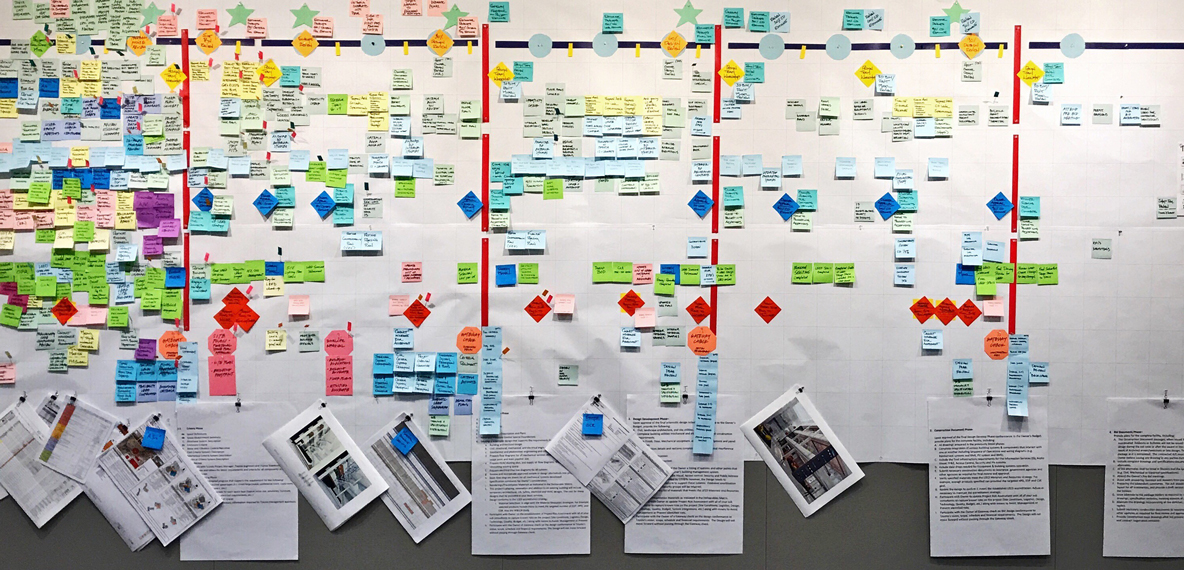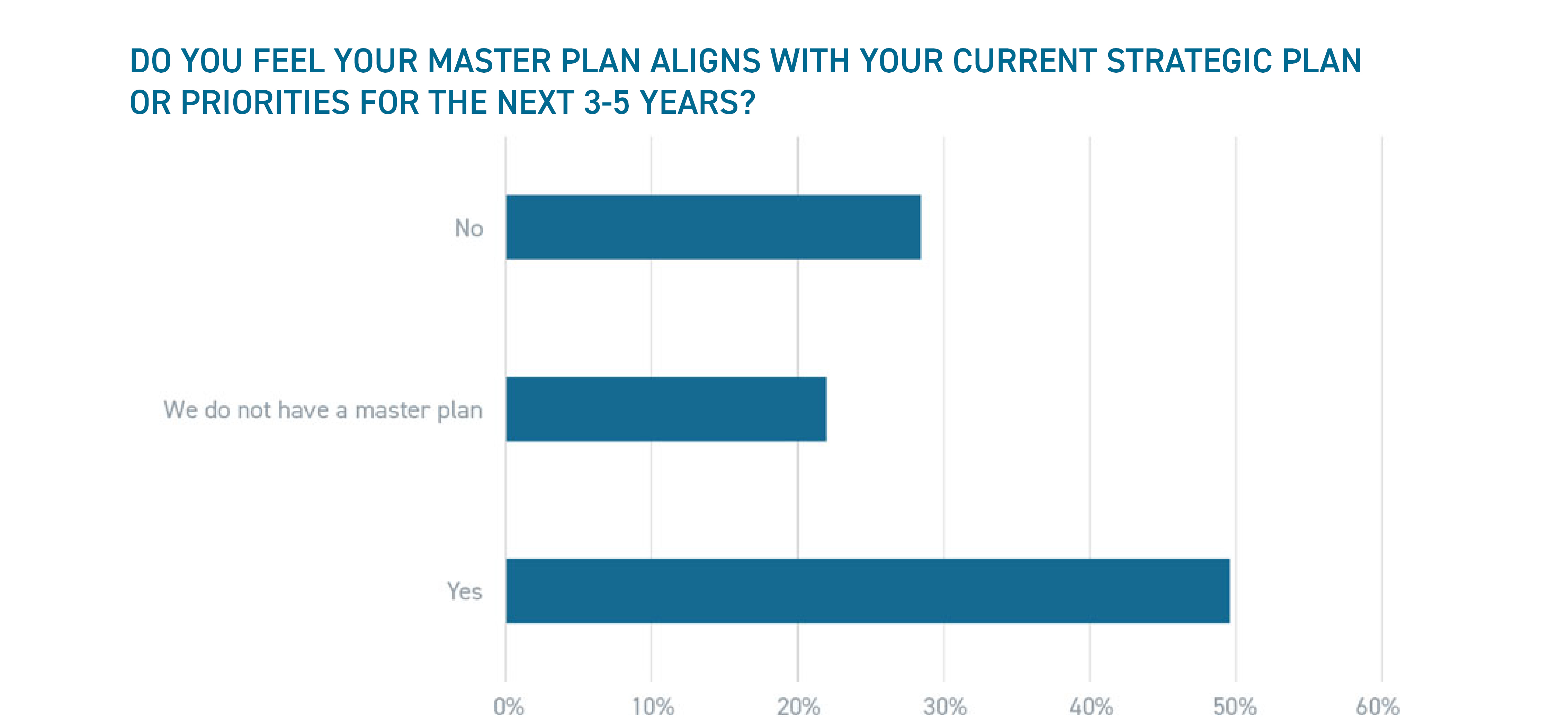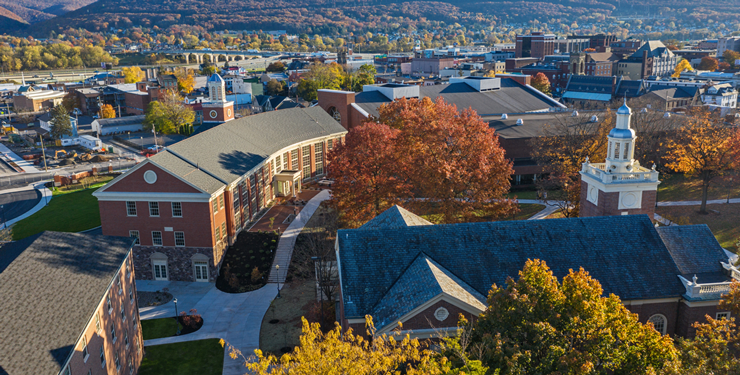
Leadership Transitions in Higher Education: Impacts on Strategic and Campus Master Planning

By most measures, higher education in the United States is amid a significant, generational shift in leadership. Across both public and private institutions, colleges and universities are navigating a wave of presidential retirements, resignations, and new appointments. According to the American Council on Education’s American College President Study (2023), the average tenure of college presidents has declined from 8.5 years in 2006 to under six years in 2022. Crucially, the study found that 55% of sitting presidents plan to step down from their role within the next five years, and the average age of presidents has trended upward to 60, perhaps indicating that even more transitions are imminent.
This trend is particularly evident in the Southeast, where dozens of institutions have welcomed new leaders in just the last few years—including UNC Chapel Hill, NC State, Wake Forest University, Meredith College, Gardner-Webb University, and the University of South Carolina. While leadership change is often necessary—and can bring renewed vision—it also raises an essential question: What impact does a change in presidential leadership have on an institution’s strategic and master planning?
As colleges face shifting enrollment trends, changing student demographics, and funding and financial pressures, the arrival of a new president has the potential to accelerate long-term institutional planning—or unintentionally stall it. How institutions navigate this shift may determine their ability to adapt, grow, and thrive in a rapidly changing higher education landscape.
Strategic Planning and the Role of Leadership
Winston Churchill once famously remarked, “Plans are of little importance, but planning is essential.” Within higher education, strategic planning is the structured process by which universities and colleges define their mission, set priorities, and allocate resources toward long-term goals. In the best-case scenario, parameters established (often by the president and his advisors) in strategic planning then guide the physical and facility master plan of a campus. In this way, the strategic plan serves as a critical roadmap for the institution that can unify stakeholders and drive measurable progress—both in institutional advancement and in the physical environment.
According to findings published in our 2023 white paper, Research on Campus Master Planning – A Survey of Presidents and Chief Financial Officers, more than 90% of the over 100 college and university presidents and chief financial officers surveyed agreed that a campus master plan should align with and support the institution’s strategic plan. However, in stark contrast, barely 50% of respondents felt that their master plan and strategic plan were in alignment. This misalignment sets the stage for internal conflict that could be avoided with an effective approach to planning.

Nicholas Santilli, former Senior Director for Learning Strategy at the Society for College and University Planning (SCUP), cautioned institutions about this potential conflict in an interview with The Chronicle of Higher Education, noting that “strategic plans are often devised by a small number of individuals, mostly senior administration or members of the board, who then deliver a plan to the campus, where the campus had no stake in the development … so people resent it and it gets the reputation of ‘Oh, we’ve developed this plan, and it sat on a shelf.’” Indeed, presidents are often the face and voice of strategic plans. But their involvement cannot be just administrative; rather, they must be the ambassador for the plan to the campus and broader community. This approach is essential to ensuring that institutional goals are prioritized and, ultimately, funded.
However, even the most thoughtful planning efforts can be disrupted when leadership changes occur. A new president may arrive with different priorities, causing existing plans to be reevaluated, delayed, or scrapped entirely. Thus, the timing of leadership change and the flexibility of the planning process are both critical.
Case Studies in Leadership Transition and Planning
Under the presidency of Dr. Fred Whitt, Lenoir-Rhyne University in Hickory, NC, saw more than $65M in new construction and renovation project investments around campus and a rebound in undergraduate enrollment post-COVID. Leading the University since 2017, by all measures, he successfully executed a long-term strategic plan, and in announcing his retirement at the end of the 2024-2025 academic year, he remarked that the timing “should align strategically in support of the new president. The new president will have the opportunity to lead the university through the next five-year strategic plan.” Supporting this idea of, colloquially, a smooth passing of the baton, during a recent conversation with Dr. Summer McGee (Lenoir-Rhyne’s new president, who brings an admirable wealth of experience in academic leadership to the role), she remarked, “Dr. Whitt and I spoke nearly every week during the transition, ensuring a smooth handoff in leadership, planning, operations and progress on the university’s goals. This kind of collegial, transparent communication helps set presidents and their institutions up for success from day one.” Indeed, with a planned transition and no gap in leadership, Lenoir-Rhyne is already embarking on the next strategic plan for the university to be completed in December 2025.
In contrast, Western Carolina University (WCU) experienced a less-anticipated leadership transition in December 2017, when beloved Chancellor David Belcher resigned for health reasons (tragically, Chancellor Belcher passed away in 2018). His successor, Chancellor Kelli Brown, would not take office until 2019, nearly a year and a half later. Soon after, her focus became helping WCU navigate the COVID-19 pandemic. But with an early goal of “listening and learning,” she stressed collaboration, transparency, and the development of new initiatives based on stakeholder input. In the end, this reset approach led to WCU’s new strategic plan, “Honoring Our Promise,” released in 2021. Interestingly, it reflects on the university’s history while “building on important gains learned from successes and setbacks,” and acknowledges that “long-range planning is among one of the most important activities that an institution can undertake.”
Through the lens of these and other recent transitions, it’s clear that presidential changes can serve as either accelerators or brakes on institutional planning. One key variable would seem to be the combined Board of Trustees and university leadership philosophy—whether they seek continuity or transformation, and how they engage the broader campus community in shaping that continued, or new, direction.
Key Steps for Planning Through Presidential Change
As demographic and economic pressures mount, leadership transitions in higher education are both inevitable and consequential. The southeastern U.S. has emerged as a focal point for this trend, with dozens of institutions undergoing presidential change in recent years. Nationwide, shorter presidential tenures and the aging leadership pipeline suggest that institutions must prepare for continued turnover.
Despite the challenges, however, leadership change presents an opportunity. A new president can bring energy, clarity, and renewed focus to a given institution’s priorities (or new ones). As seen in the examples above, transitions need not automatically derail progress. In fact, with the right approach, they can sharpen institutional goals and galvanize support for bold initiatives. Further, those goals and initiatives should consider the institution’s physical assets as well. While it’s not uncommon for planning and improvements around campus buildings and infrastructure to be put on the proverbial back burner during leadership transitions, stalling campus evolution, this need not be the case. Rather, an intentional focus on continued campus updates, renovations, and transformative physical improvements can be a catalyst in its own right for keeping the institution on track for recruiting goals, not to mention retaining existing students through the leadership transition.
For institutions that find themselves in an expected (or unexpected) leadership change, what are some key steps to take?
- Document and evaluate existing plans. Ensure that strategic and master plans are clearly recorded, transparent, and perhaps most importantly, adaptable.
- Early on, engage a broad group of stakeholders. A new president should listen to faculty, staff, students, board members, and even alumni and the larger community, before automatically shifting priorities. This communication will prove vital in identifying which elements of any current plans are working well and ought to be continued.
- Use leadership change as a catalyst. Consider the presidential transition as a natural moment to reflect on the university’s (or college’s) institutional mission, market position, and unmet needs.
- Balance vision with reality. While a new leader certainly has earned the right to make his or her mark on an institution, as discussed above, planning efforts are most successful when they remain pragmatic, rooted in institutional history, and grounded in achievability.
In this era of rapid change, strategic planning is not optional—it’s essential! And leadership transitions, while sometimes fraught with uncertainty, can offer a fresh perspective that an institution needs to thrive.
If your institution finds itself at the crossroads of leadership transition and you’re considering the best path forward for strategic planning, please fill out the contact form to see how BHDP can help.
Author
Content Type
Date
August 25, 2025
Market



